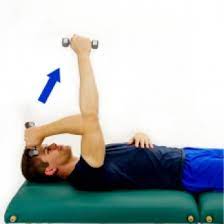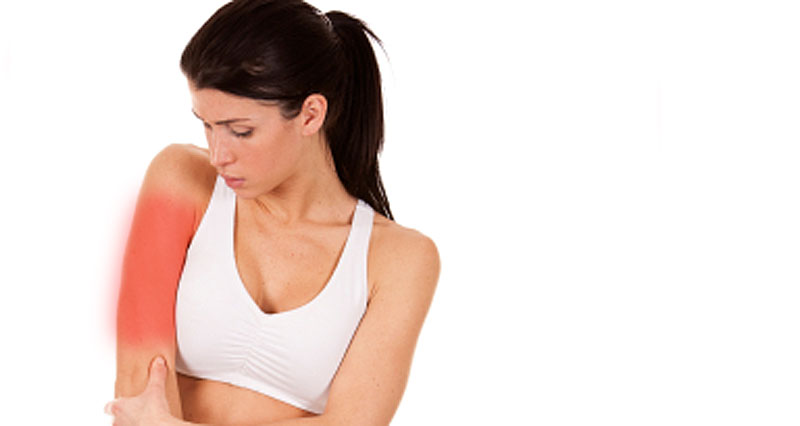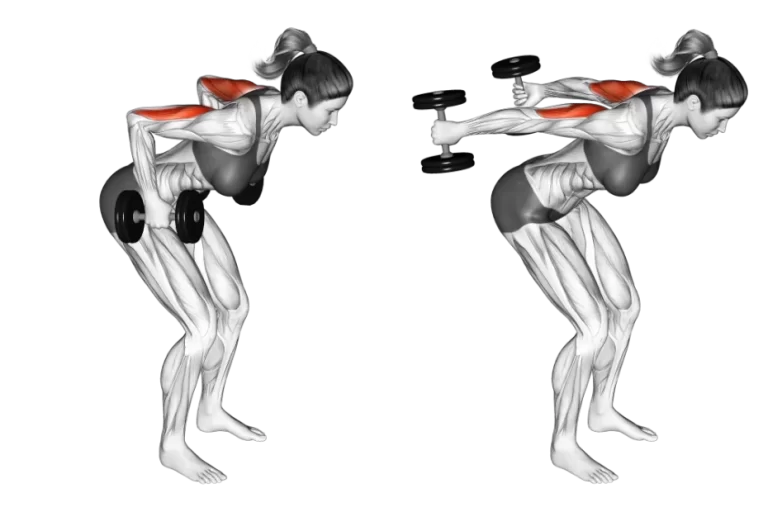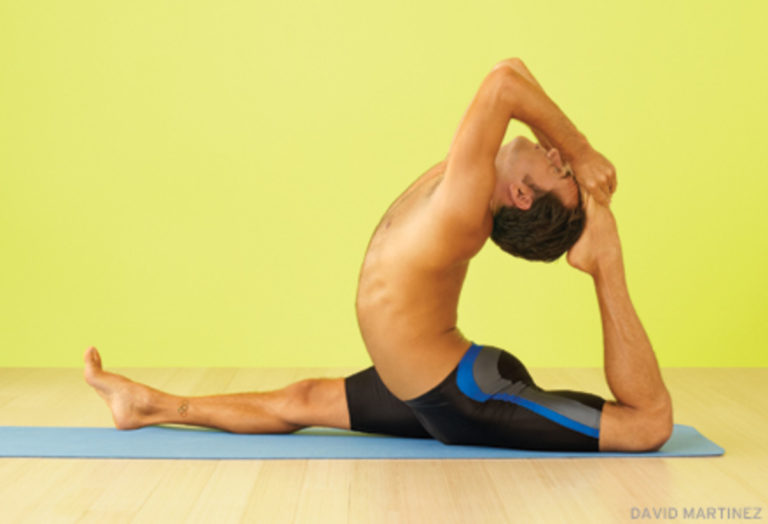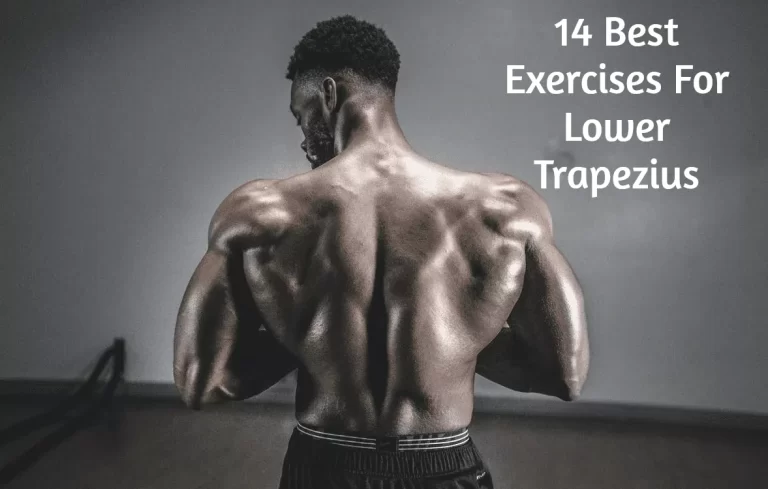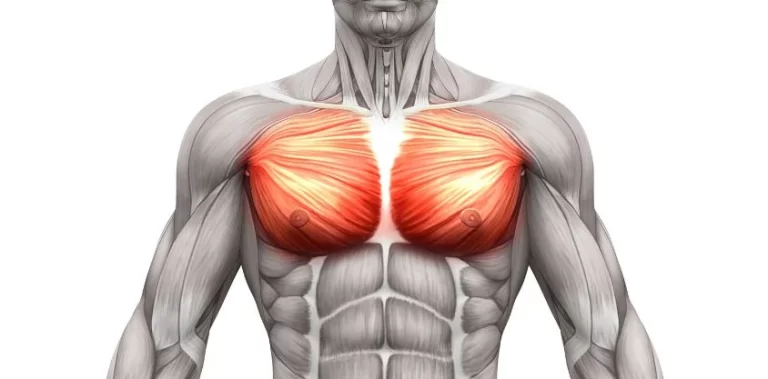Upper Arm Muscle Pain
Table of Contents
Introduction
Your upper arm is the meeting point of different bones, muscles, joints, arteries, and nerves. They all work together to keep your shoulder, arm, and hand functioning properly. But if something happens to any of these parts, it can cause pain in the area as well as other symptoms like bruising, heat, visible deformities, burning or tingling sensations, and decreased strength of muscle.
Severe pain in the upper arm can be occurred by trauma from an injury. These may include a fracture, muscle or tendon tear, or nerve compression. Things like falling on an outstretched hand, a motor vehicle accident or bicycle fall, or a forceful pull during trying to lift a heavy object.
But severe pain may also is caused by chronic conditions such as osteoarthritis and frozen shoulder. These may be in the arm or even in the neck and spine, which could cause pain to radiate down the arm. Bone spurs or bulging discs in the neck can put pressure on the nerves, causing severe shooting or electrical pain in the arm.
Clinical features of the upper arm muscle pain
- Pain in the upper arm
- arm redness
- stiffness
- swelling
- Redness or bruising
- Tingling
- Numbness
- Weakness
- Tenderness
- Limited range of motion
- Swollen lymph glands under the arm
Causes of the upper arm muscle pain
- Pinched nerves
- Tendonitis
- Rotator cuff injury
- Broken bones
- Rheumatoid arthritis
- Frozen shoulder
- Muscle spasm
- Muscles strain
- Shoulder peri-arthritis
Diagnosis of the Upper arm muscle pain
First take a history and physical exam, asking you about your activity, potential injuries, and symptoms. Based on your symptoms, the following tests can help your doctor make a diagnosis:
- X-rays: X-rays can help your doctor to diagnose fractured bones and osteoporosis.
- ECG: Upper arm pain also caused by the heart-related problem
- Ultrasounds: They can help your doctor to detect problems with joints, ligaments, and tendons.
- Magnetic resonance imaging(MRI): Magnetic resonance imaging(MRI) is used to diagnose muscles, joints, ligaments, and tendons injuries and nerve compression
- Computed Tomography Scan(CT scans)
- Blood tests: Blood tests can help your doctor detect some conditions that may cause arm pain, such as diabetes, or certain conditions that cause inflammation of the joints.
Treatments for the Upper arm muscles pain:
Medical Treatment:
Non-steroidal anti-inflammatory drugs (NSAIDs) can help to reduce pain in the upper arm muscles. Anti-inflammatory drugs are available in the form of oral medications, injections, and intravenous medications.
Surgical Treatment:
In severe cases of upper arm muscles, pain surgery is necessary. Examples include Grade 3 or 4 muscle strain, severe Disc bulge, and Ligament sprain.
Physiotherapy Treatment
Apply RICE principle
Rest
Rest of the upper arm, and avoid any strenuous exercise and movement.
Ice pack
Ice can help to reduce pain, swelling, and inflammation. Use an ice pack, covered in a towel, for 20 minutes at a time on the painful upper arm area.
Compression
Wrapping the area where you’re experiencing pain with an elastic bandage or brace can help reduce swelling and prevent you from extending a joint too far, and also encourage the healing process.
Elevation
Keep your upper arm elevated to help reduce swelling.
Stretching exercise:
Biceps stretch
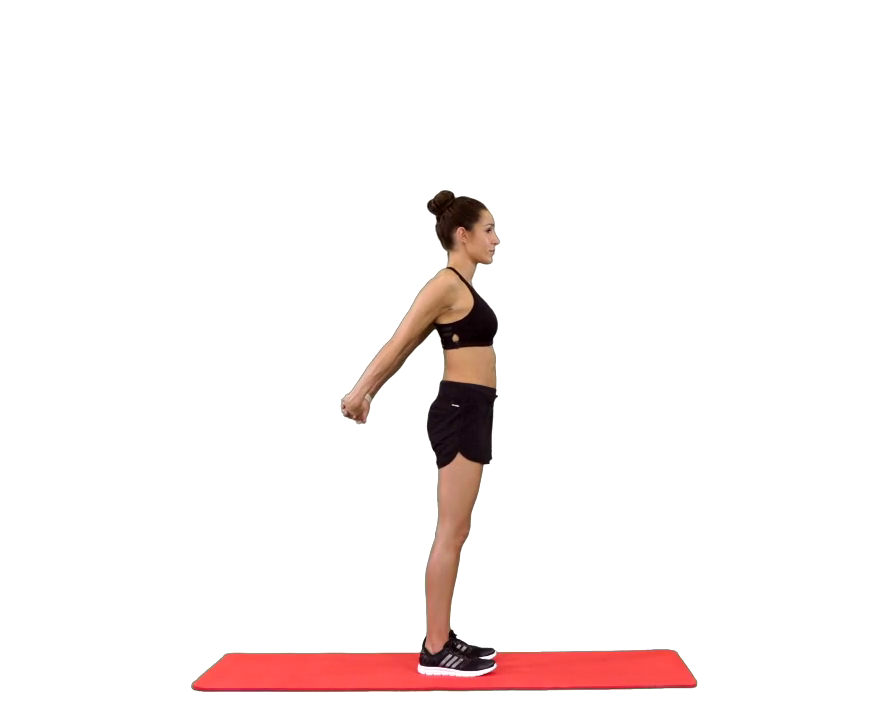
Standing biceps stretch
You have to Interlace fingers behind your back.
Keep your hands at the base of your spine.
Straighten your arms.
Lift arms as high as you can.
Hold for up to 30 second
Repeat 3 times.
Wall corner biceps stretch
This uses an inside corner of a wall to stretch both biceps muscles at one time. Stand inside the corner of a wall, facing the corner. Straighten your both arms out at shoulder height and place both your palms against the wall to your left and right. Move further into the corner until you feel your biceps muscle being stretched. Hold this position for up to 30 seconds and repeat it 3 times.

Triceps muscle stretch
Overhead triceps stretch
Reach your left arm toward the ceiling, then bend at the elbow and reach for your upper back. Try to place your left hand toward the middle of your back, the middle finger on your spine.
Place your right hand on top of your left elbow and gently push your left arm down so your hand slides down your back a bit.
Hold this position for 30 seconds, then repeat on the other side of the arm. Repeat 3 times.
Self-stretching technique for elbow extensor in a prone propped position
To self-stretch to increase elbow flexion, the patient lies in a prone propped position with elbows flexed and forearms resting on the table. The patient lowers the chest as far as the elbow flexion allows and maintains the position as long as tolerated.

For self-stretching, the individual flexes the elbow and shoulder as far as possible, then pushes against the humerus with the other hand.

Strengthening exercise
Biceps muscle-strengthening exercise
BICEPS CURL
Hold a dumbbell or water bottle in your affected arm and lift it forward towards your shoulder. Make sure to bend your elbow and hold that position for 5 to 6 seconds. Slowly lowers your arm to your starting position. Do it for 2 sets with 8 to 10 repetitions.
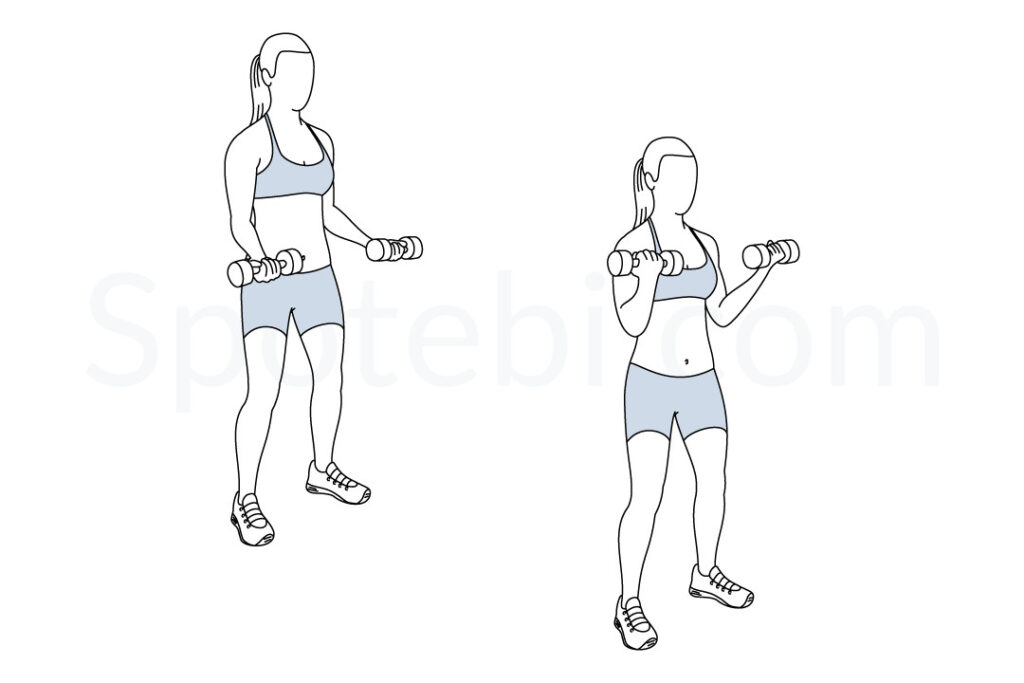
Resistance Band Bicep Curls with Extension
bicep strengthening exercise begins with holding a resistance band with your arms slightly behind your body and your elbows should be straight. Keeping your back straight and upper arms still, slowly bend your elbows against the resistance band tightening your biceps muscle. Perform 10 repetitions of 3 sets without pain.
Triceps muscle-strengthening exercise
Patient position sitting or standing. Begin with the long head on a stretch by positioning the humerus in Flexion with the elbow flexed, then extending the elbow against a handheld or elastic resistance.
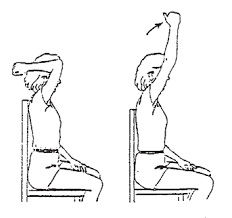
Patient position supine with the shoulder flexed 90 degrees and the elbow flexed, with the hand either beginning by the same shoulder or middle of the sternum(external rotation or internal rotation of the shoulder). Extend the elbow against a handheld weight or elastic resistance.
